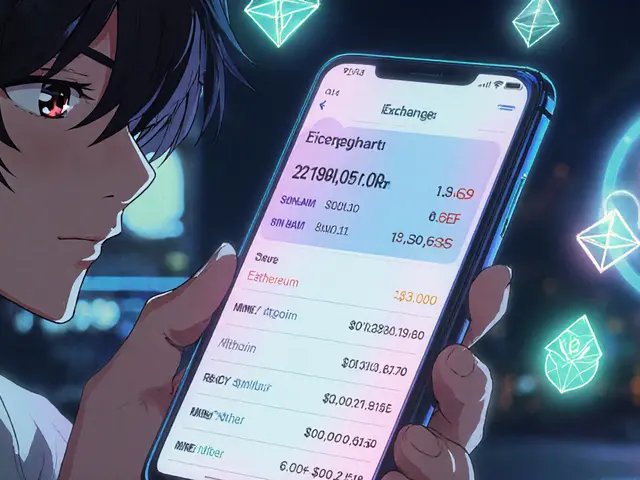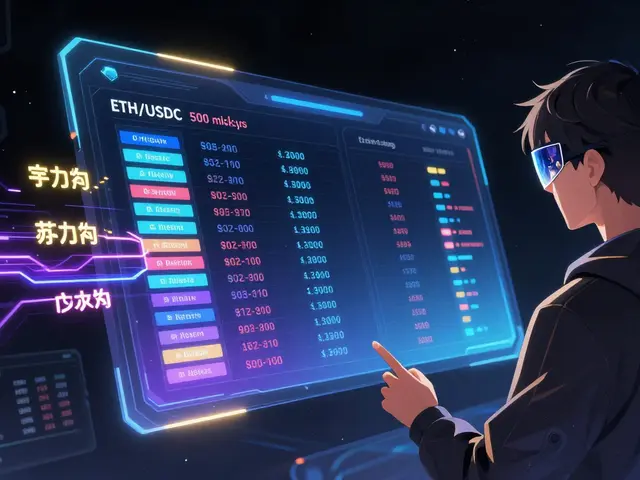Quantum-Resistant Cryptography
When working with Quantum-Resistant Cryptography, a set of security techniques designed to stay safe even if large-scale quantum computers become practical. Also known as post‑quantum crypto, it aims to replace vulnerable algorithms like RSA and ECC. Alongside it, Post-Quantum Cryptography, the broader field that researches new primitives, Lattice‑Based Cryptography, an approach using hard lattice problems for encryption and signatures, Hash‑Based Signatures, signature schemes that rely only on hash functions and the NIST PQC Competition, the official standard‑setting process that shortlisted quantum‑resistant algorithms form the core ecosystem. Together they create a safety net that lets businesses, investors, and developers keep their digital assets secure when the quantum era arrives.
Why Quantum-Resistant Matters Today
Quantum computers threaten the math behind today’s encryption: Shor’s algorithm can factor RSA keys and solve elliptic‑curve discrete logs in minutes, making wallets, exchanges, and contracts vulnerable. Quantum‑resistant solutions therefore require new key‑generation methods, larger security parameters, and algorithmic diversity. Lattice‑based schemes, like Kyber for key encapsulation and Dilithium for signatures, offer fast performance and are already chosen by NIST for upcoming standards. Hash‑based signatures, such as XMSS and SPHINCS+, provide provable security based on simple hash functions, making them ideal for long‑term archival of critical records. The NIST PQC Competition influences blockchain adoption because many networks now experiment with quantum‑resistant consensus modules, and regulators are beginning to mention post‑quantum readiness in compliance guidelines.
For investors and traders, understanding these shifts matters. Exchanges that integrate quantum‑resistant algorithms can reassure users that their balances won’t be exposed to future attacks. Projects that publish their migration roadmaps—switching from ECDSA to lattice‑based signatures, for example—show a commitment to security that can affect token valuations. This tag collection gathers articles that dissect airdrop scams, exchange reviews, NFT standards, and regulatory updates, all through the lens of quantum‑resistant technology. Below you’ll find practical checklists, deep‑dive explanations, and real‑world examples that help you gauge how ready the crypto world is for the quantum challenge.
Anryton (MOL) Crypto Coin Explained: Purpose, Tech, and Market Snapshot
An in‑depth look at Anryton (MOL) crypto: its purpose, quantum‑ready tech, DNA‑NFT storage, market data, and whether it’s worth watching in 2025.












